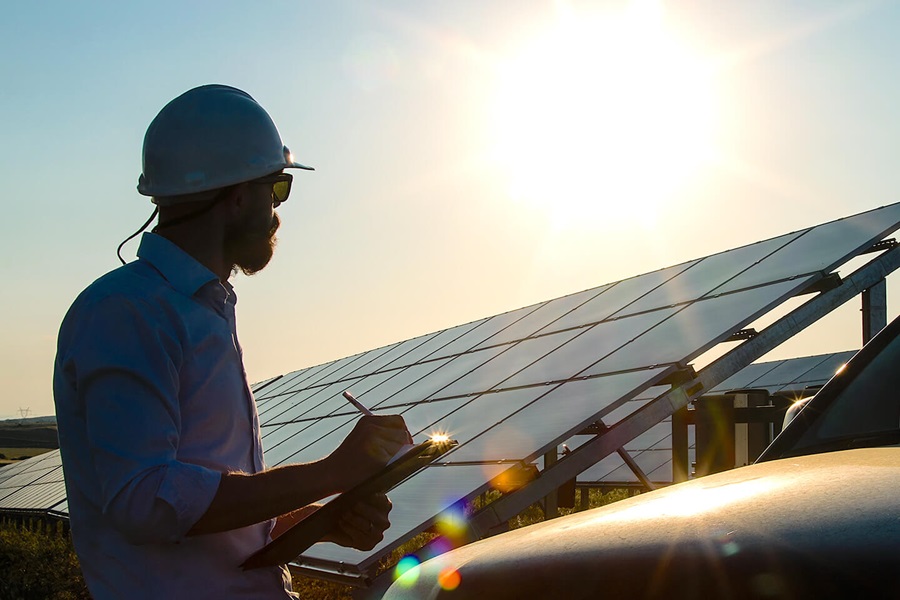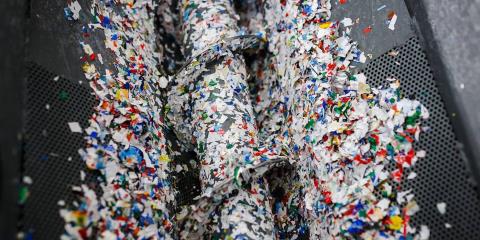Hydrogen is rare and highly wanted in industry. The demand has tripled since 1975 and continues to rise. However, the vast majority of H₂ is still produced in processes that are powered by climate-damaging fossil fuels. Less than 1% of the volume produced each year involves green electricity. That is set to change. For example, through the Green Deal in Europe. The plan is that green hydrogen will already be produced on a system-relevant scale at EU level from the period between 2030 and 2050.

Large-scale deliveries from Australia planned
Covestro's plans are right on the cutting edge. For example, our company plans to conclude a long-term supply agreement with the Australian hydrogen pioneer Fortescue Future Industries (FFI). From 2024, up to 100,000 metric tons of green hydrogen and substances derived from it, such as green ammonia, could then be shipped annually to our sites in Asia, North America and Europe. Initially as a raw material, later probably also for energy production. Covestro could thus dispense with traditional gray hydrogen based on fossil fuels and save up to 900,000 metric tons of CO₂ per year. At the same time, we improve our customers' carbon footprint when they purchase appropriately manufactured products from us.
The production of hydrogen with renewable energy does not cause any emissions because the only by-product is steam. FFI's goal is to increase green hydrogen production to 15 million tons per year by 2030. Annual production is then expected to rise to 50 million tons in the following decade. By comparison, the EU aims to produce ten million tons of H₂ each year in a sustainable way using green power by 2030.
Support for lighthouse projects
Covestro is also driving hydrogen research and the use of green H₂ beyond the plant boundaries. Together with partners, for example, we are involved in corresponding activities as part of the German Copernicus projects. And we are supporting a special new chair for electrochemistry at RWTH Aachen in Germany, an internationally renowned university. One of the topics there is methods for making even better use of hydrogen as an energy storage medium.
Covestro is also involved in the German startup Hydrogenious, which is working on solutions for transporting and storing hydrogen. To support the young company, we are building a pilot plant on our site in Dormagen.










